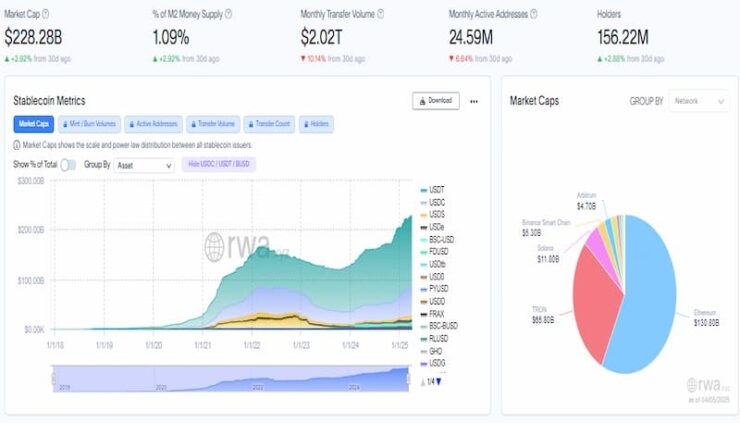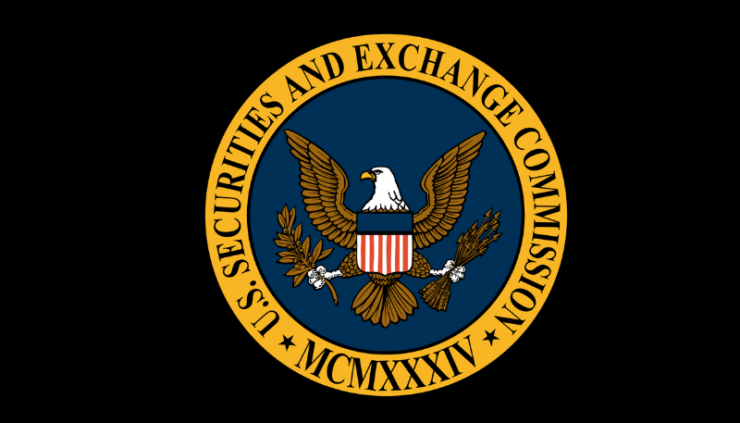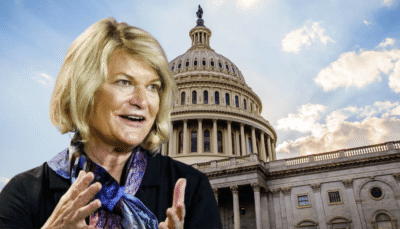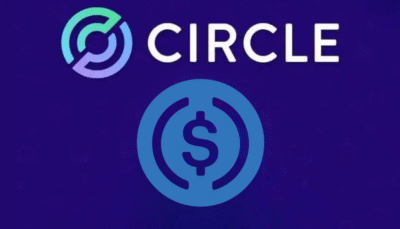The U.S. Securities and Exchange Commission (SEC) has made an important update that could change how stablecoins are treated under U.S. law.
On April 4, the SEC said that stablecoins fully backed by cash or low-risk investments and redeemable 1:1 for U.S. dollars, will not be considered securities. That means these “covered stablecoins” won’t need to follow the same strict rules as stocks or bonds.
But the decision doesn’t apply to all stablecoins. Tokens that use software to maintain their value (known as algorithmic stablecoins), offer interest to holders, or lack full backing are still left in legal gray zones.

According to the SEC’s notice, a stablecoin qualifies for this new exemption if it meets three key rules:
- It must be backed fully by fiat currency or very safe, short-term assets.
- It must be redeemable at any time at a fixed 1:1 ratio with the U.S. dollar.
- It cannot offer holders interest, profit-sharing, or use reserves for investing.
That last rule may disappoint some crypto firms and investors hoping for stablecoins that act more like high-yield savings accounts. Under the current definition, stablecoin issuers can’t use the reserves to make investments or give holders onchain interest.
Yield-Bearing Stablecoins Still Left Out
As the market grows, some companies have been pushing for changes that would let them reward users for holding stablecoins, what’s known as “onchain interest.” Coinbase CEO Brian Armstrong, for example, recently called for updated rules that would allow issuers to share yield directly with users, comparing it to interest earned on a regular bank account.
But this latest SEC guidance keeps those types of tokens out of the “covered” category. For now, stablecoins that pay interest or use software-based price mechanisms remain under stricter scrutiny.
The SEC’s move lines up with recent bills working their way through Congress. The GENIUS Act, introduced by Senator Bill Hagerty, and the Stable Act of 2025, introduced by Representative French Hill, both aim to support stablecoins that are backed by U.S. dollars and government bonds.
This isn’t just about regulation, it’s about power. The U.S. sees stablecoins as a tool to keep the dollar strong in a digital world. By encouraging dollar-backed stablecoins, the government is also driving up demand for U.S. Treasuries.
Tether, the largest stablecoin issuer, is now one of the top holders of U.S. government debt—ranking higher than many countries, including Canada and Germany.
At the first White House Digital Asset Summit in March, U.S. Treasury Secretary Scott Bessent said stablecoins were at the heart of the government’s digital asset strategy. He emphasized that keeping the U.S. dollar dominant, especially through stablecoins—was a top priority.
He also made it clear that regulating these digital dollars was no longer a side issue. It’s front and center for lawmakers, and it’s likely we’ll see more focused rules coming soon.
Clearer Rules, But Not for Everyone
This latest update gives stablecoin issuers some much-needed clarity, but only those playing it safe. Fully-backed, redeemable tokens now have a clear path forward. For others, like algorithmic or yield-generating stablecoins, questions remain.
As the U.S. pushes to lead in digital finance, the stablecoin debate is far from over. What happens next could reshape how we use, trust, and regulate digital dollars in the years to come.





